Digital Fabrication Across the Curriculum (Phantom Mask Aligned to National Standards for Theatre Education): Using the Phantom of the Opera as a case study, students gain appreciation for the terminology and vocabulary of the theatre. This is a mini-capstone project, using Fab Lab concepts and tools. Student will create their own digital fabricated Phantom theme masks.
Prerequisite: Students will listen to the Andrew Lloyd Webber’s Broadway musical release, and watch scenes from the 2004 film adaptation. They will also watch the 1925 Lon Chaney version of Phantom. Instructor (or co-teacher) must know how to operate and teach with a laser cutter and vinyl cutter.
Key Vocabulary
Blocking
Projection
Character motivations
Character objectives
Physical characterization
Vocal characterization
Ensemble
Given circumstances
Turning point
Exposition
Rising action
Conflict
Climax
Materials List
Hardware
Design Files: https://drive.google.com/drive/folders/0B1pKagGIBY3maHR6OUNCODRvWGc?usp=sharing
Find more vector files for masks at https://thenounproject.com/sally.rodriguez/collection/carnaval-masks/?oq=phantom%20mask&cidx=4
Step One: Intro to the Story
Introduce students to the tragic saga’s main cast:
Theme
Discussions from the introduction primer, Study Guide for the Phantom of the Opera builds students’ background knowledge and prepares students to understand the themes and appreciate the artistry of the Phantom. Discussions based on exercises in the Study Guide include:
Step Two: Elements of Plot
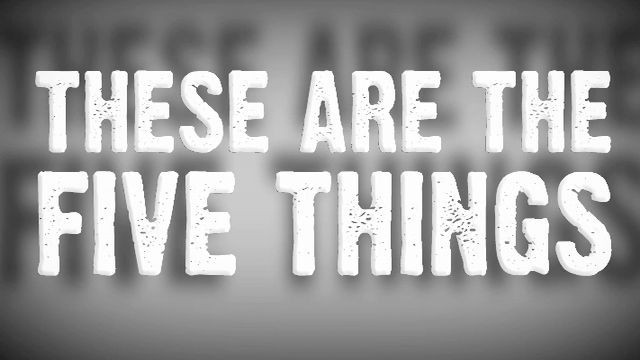
Formative Assessment. What are the five Elements of Plot?
Step Three: Significance of the Mask
Step Four: Pre-Design
Have student teams explore how masks are used to hide identity; hide deformity; and change personality, addressing the following questions:

Mask Making Build Pre-Design Process
Introduce students to the tools and materials to which they will have access during the mask making process:
Guide students to brainstorm and sketch out the plan for their masks.
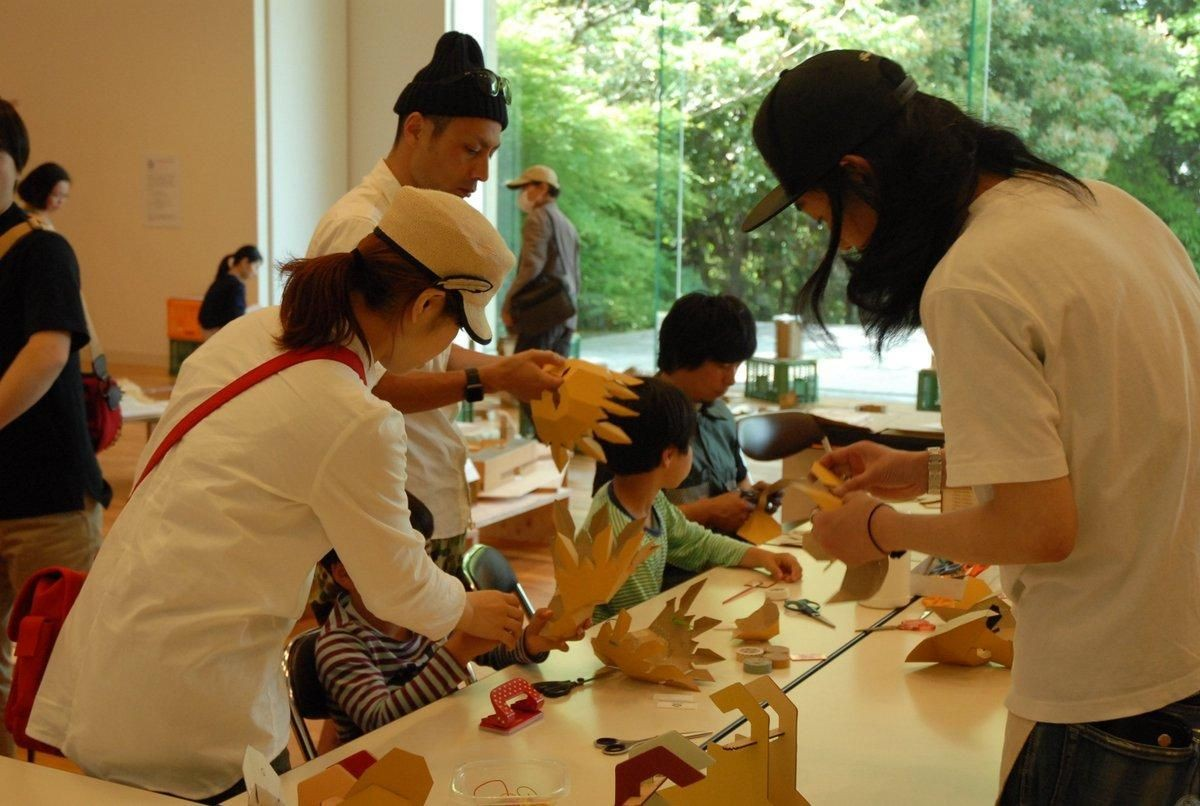
Have the students translate their brainstormed ideas into 2D vector graphic files, including both decorative etching and vector cut-outs to create their mask out of felt, fabric or thin plastic on a laser cutter.
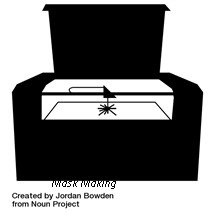
Have students cut the masks out of the appropriate materials on the laser cutter. Do NOT use vinyl in the laser cutter for safety considerations.

Step Five: Making the Mask Post-Production (optional)
Extension activity:
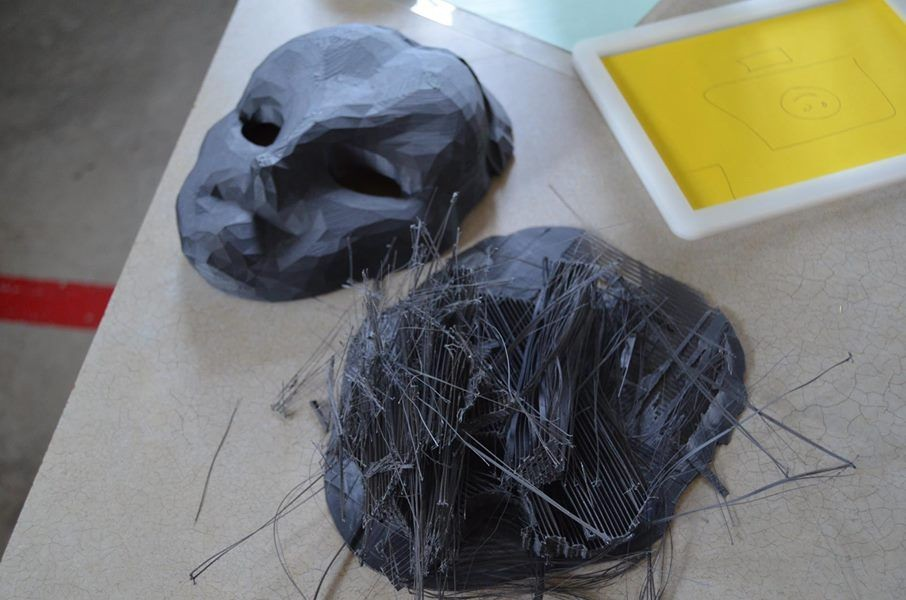
Step Six: Reflect and Assess
Formative Assessment:
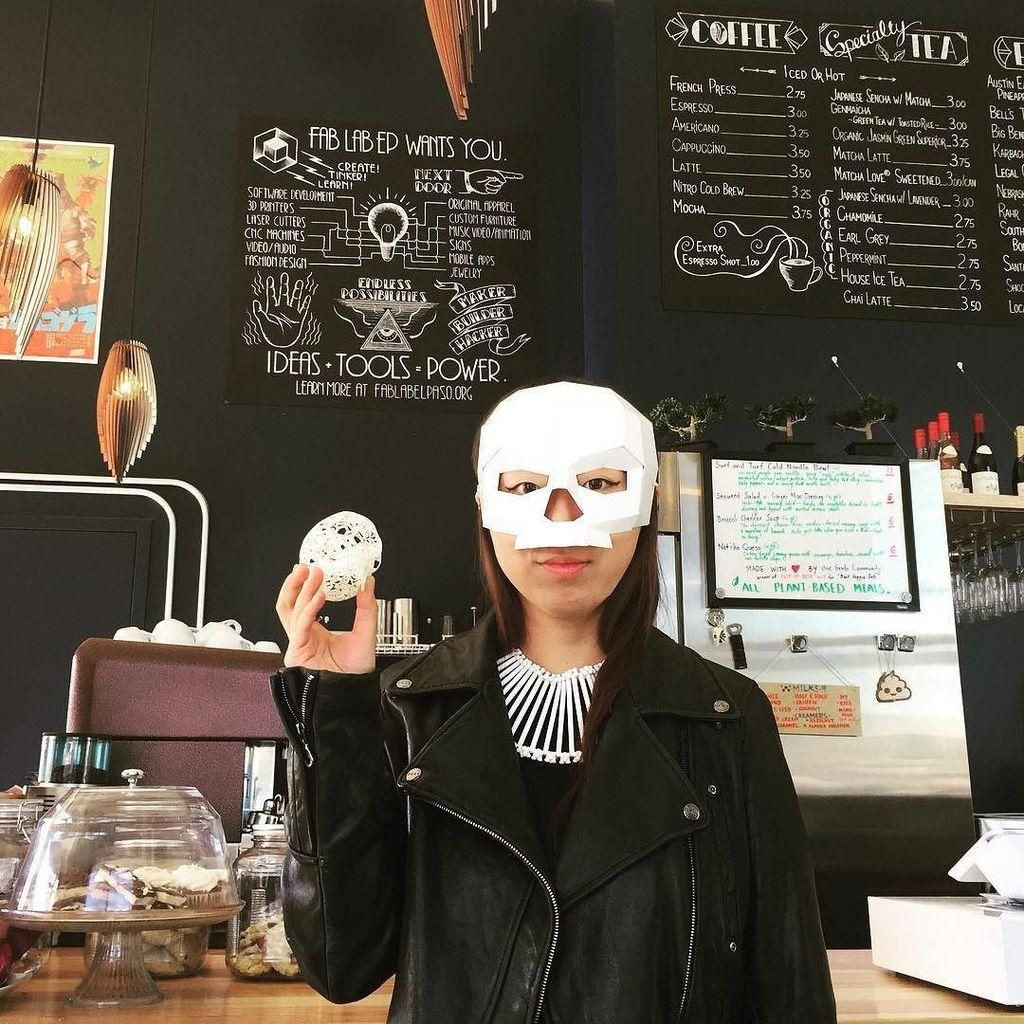
Having trouble? Let us know by completing the form below. We'll do our best to get your issues resolved quickly.
"*" indicates required fields
Thank you for your fab contribution!